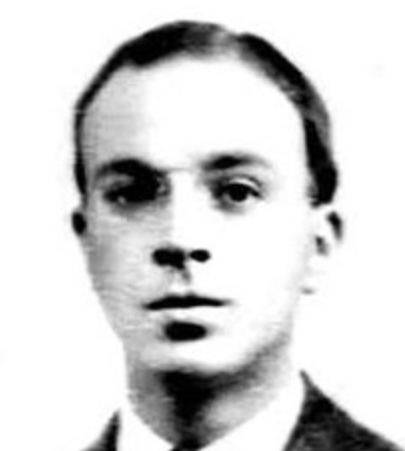
September 24, 2023
by Philip Gambone
Among the novelists of the American modernist movement—writers like Hemingway, Fitzgerald, Faulkner, Steinbeck, Zora Neale Hurston, and Richard Wright—the name of John Dos Passos is sometimes overlooked. This is unfortunate, because Dos Passos wrote one of the masterpieces of modernist literature, U.S.A., his sprawling three-volume, twelve-hundred-page chronicle of the political, spiritual, ideological, and workaday life of the country in the first decades of the twentieth
It's hard to figure out why Dos Passos is read less than most of the others in the modernist pantheon. The heft of U.S.A. may have something to do with it, but his experimental style is certainly no "harder" than Faulkner's; the vehemence of his social critique is no more trenchant than Wright's. Whatever the reason for today's relative neglect, readers who are not familiar with Dos Passos would do well to give him a try. And readers with a particular interest in Mexico should certainly read the first volume of the U.S.A. trilogy, entitled The 42nd Parallel, in which some of the major characters end up in Mexico.
Dos Passos was born in Chicago in 1896. Educated at Choate and in trips abroad with his mother, he entered Harvard in 1912 with a sharp, inquisitive mind. At Harvard he was "a lonely figure," recalled Malcolm Cowley, "standing outside the terribly snobbish social system of those days." Nevertheless, Dos Passos made friends, read voraciously, and immersed himself in the new artistic movements then emerging. By his senior year, he was hosting gatherings of artistically like-minded students, publishing pieces in the Harvard Monthly, and making notes for a novel he hoped to write.
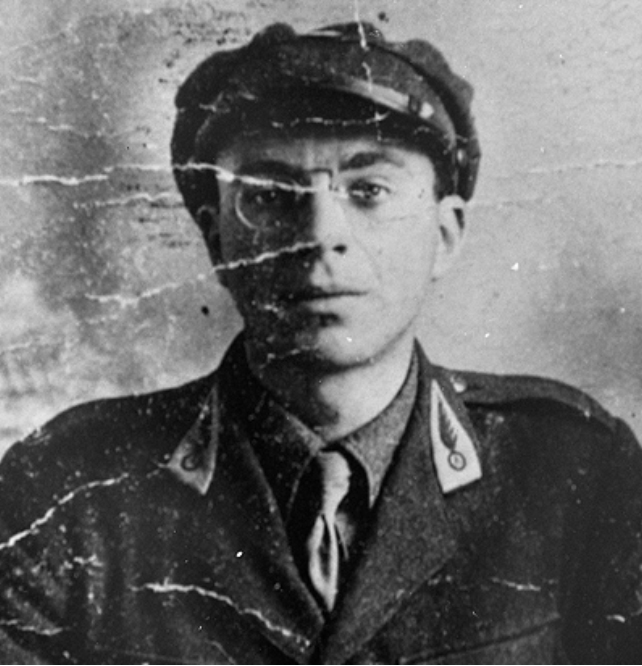
Ambulance driver
*
After graduating in 1916, Dos Passos became eager to go abroad, vowing not to return until he had "come to grips with old lady adventure." Across the Atlantic, war was raging in Europe, but he was too young to serve with the Belgian Relief Committee. Instead, he went to Spain to study architecture, paint, write, and learn Spanish. The next year, now 21, he was in France serving as an ambulance driver. "Amateur proletarian or gentleman volunteer?" he wondered. Those months proved to be "a long orgy of food & drink with intermittent excitements of shells & assorted horrors." During slack time, Dos Passos mulled over ideas for a book about the war, which eventually became his first novel, One Man's Initiation: 1917, published in 1920.
Toward the end of that novel, Merrier, a socialist, says that the war "seems to me merely a gigantic battle fought over the plunder of the world by the pirates who have grown fat to the point of madness on the work of their own people, on the work of the millions in Africa, in India, in America, who have come directly under the yoke of the insane greed of the white races." These sentiments reflect the young Dos Passos' growing attraction to socialism, indeed to any system of government that would curb what he saw as the excesses of capitalism.
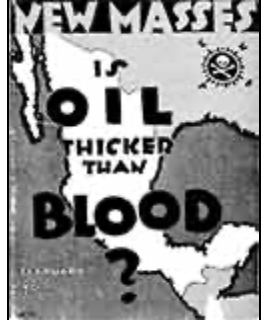
After the war, Dos Passos traveled—"literary wanderings," his biographer Townsend Ludington called these trips to Europe and the Near East. He published two more novels: Three Soldiers (1921) and Manhattan Transfer (1925), in which he explored his major theme of social reform. D.H. Lawrence described the fragmented, experimental style of the latter novel as "a very complete film" that focused on a "loose gang of strivers and winners and losers."
By late 1926, Dos Passos felt "harried, heckled and harassed by various trains of events" including the emotional and political upheaval surrounding the Sacco and Vanzetti trial. He needed to get away from it all. In December, the already much-travelled writer, boarded a train for Mexico City.
Arriving in the capital, he found everything "pretty darn swell … a darn sight more interesting than I'd expected. Everything is exciting and comical and full of drunkenness and fornication." In a letter to his good friend Rumsey Marvin, he added, "everybody carries a gun and people shoot each other if they don't like the way somebody balances a tooth pick." In spite of these dangers, Mexicans were, he said, "very amiable." He was surprised at the ubiquitous presence of Indians—"much more than I expected."
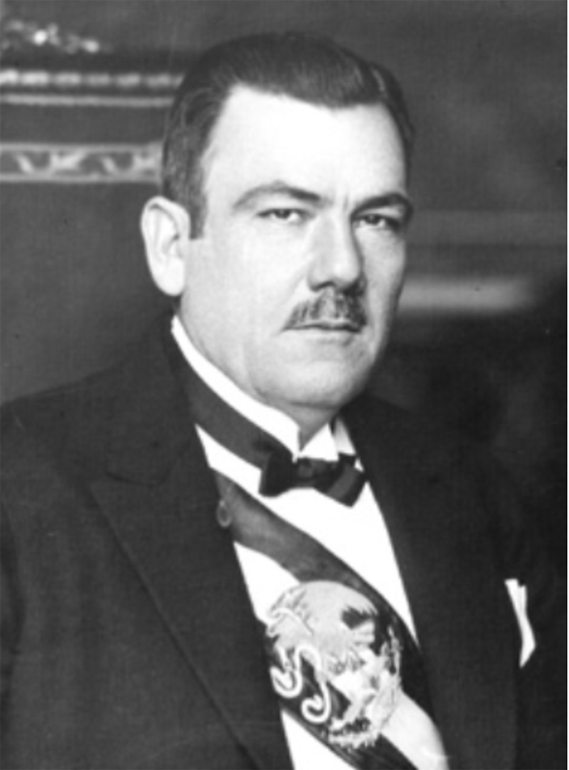
Plutarco Elias Calles
*
Dos Passos was in Mexico in the period immediately after the 1910 Revolution. Plutarco Elías Calles, a reformist, was president. Some of his policies, especially with regard to American oil interests in Mexico, got him branded a communist. In this political landscape, it was easy for Dos Passos to meet radicals, many of whom he sympathized with.
One of those radicals was a young painter named Xavier Guerrero. Guerro was an Indian and a communist, who took his new friend on hikes "from village to village in the chilly mountains back of Toluca." Despite the cold and their "insufficient serapes," Dos Passos found a "bare sculptural magnificence about everything: the mountains, the prickly pears, the maguey, the broad darkly molded faces." In his 1966 memoir, The Best Times, Dos Passos recalled, "I sat looking and sketching while Xavier, who ought to have been doing the drawing, spread the gospel of Lenin and Marx among the villagers."

Drawing by Xavier Guerrero
*
Dos Passos also befriended the American leftist journalist and writer Carleton Beals, hoping Beals would help him "dig up dope about things." What he most seems to have wanted to dig up was dope on the revolutionary spirit behind Mexican art.
In an article published in the March 1927 issue of The New Masses, an American Marxist journal, he noted that there were "a lot of young painters fresh from the heartbeaking campaigns of the civil war and eager to justify the ways of Marx to man." Some thirty of these painters had started a union, affiliated themselves with the Third International, and got to work. They rejected easel painting as "intellectual, aristocratic and onanistic," which was, Dos Passos emphasized, characteristic of bourgeois epochs. Apart from any manifesto they may have promulgated, the extraordinary thing about these artists is that "they delivered the goods."
In particular, he was attracted to the muralist movement, "a pulpit for native American radicalism." Because the majority of poor Mexicans couldn't read, the revolution had to be explained to them. "So the only thing to do was to paint it up on the wall."
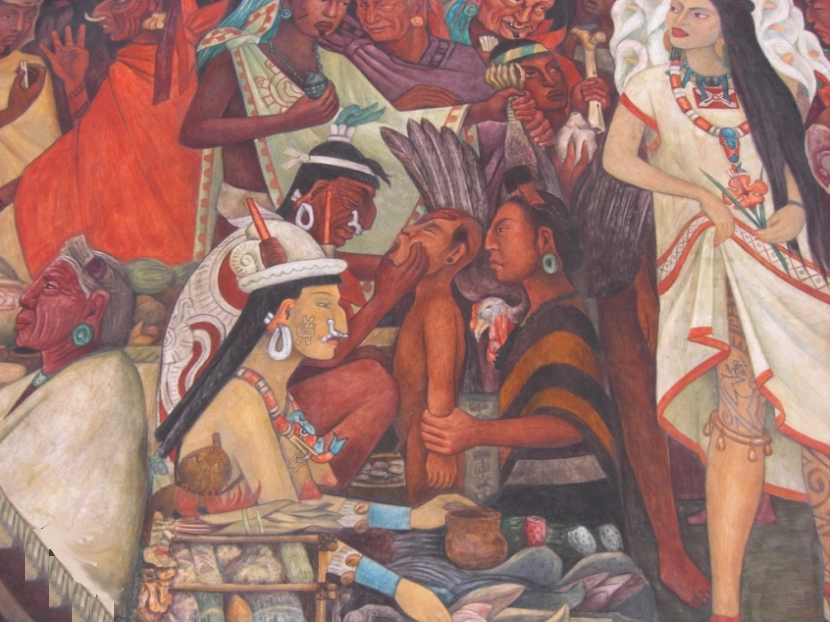
Rivera mural
*
The career of Diego Rivera particularly impressed Dos Passos. Rivera, who had returned to Mexico in 1923 from studies in Europe, "found an enormously rich popular art in textiles and pottery and toys and in the decoration of ginmills." Subsidized by the new leftist government, Rivera and the other muralists whom Dos Passos admired—Clemente Orozco and Roberto Montenegro—produced work that was "a challenge shouted in the face of the rest of the world."
In Rivera's murals at the Secretaria of Public Education, Dos Passos found "a terribly silent welling up of life." He catalogued the many figures that Rivera included in these murals: "the bending of bodies at work, the hunch of the shoulders under picks and shovels of men going down into a mine, the strain and heave of a black body bent under a block of marble, the men working at looms, in dye-vats, spooning out molten metal. Then there are the plodding dust-colored soldiers of the revolution, red flags and black flags of the Zapatistas, crowds and marketplaces, women hanging out washing, politicians making speeches, Indians dancing. Everywhere the symbol of the hammer and sickle." Some of Rivera's work he found "pretty hasty," and some of it was "garlanded, tropical bombast." But, he quickly added, "by God, it's painting."
Beals recalled that "about all [Dos Passos] did in Mexico was enjoy himself…. He was always the writer and though he undoubtedly had deep feelings about political ideas, they were never the essential part of him. His loyalties were largely emotional, and in many ways he seemed naïve about politics."
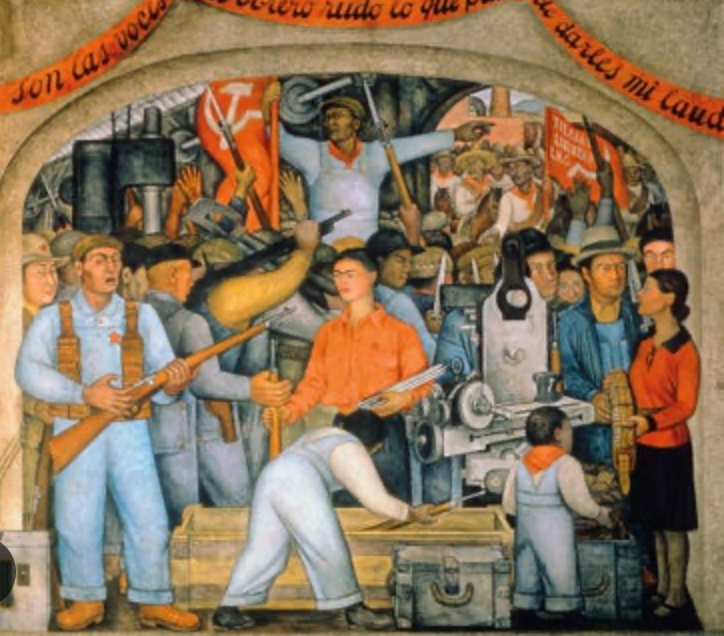
Rivera mural
*
This may be partially true, but in other pieces that Dos Passos wrote for New Masses, he expressed his rage at the growing presence of the U.S. in Mexican affairs. "You can see," he wrote, "Mexico being pushed into the small end of the funnel of North America with the full weight of Yanquilandia crushing down. It's like Poe's pit and pendulum, the pressure from the North increasing, increasing. And the silent Indian shuffling along bowed under the weight of exploited centuries."
Even stronger was a longer piece he published that September in New Masses, "Zapata's Ghost Walks." Reporting from the state of Morelos, Dos Passos noted how it was "the great example for all the dollar-minded of the failure of the agrarian revolution." The sugar landlords, the politicians, the banks—they had left the state bankrupt. "The roads and ditches and towns are falling into weedy ruin, and the great hopes of Zapata and his men still stalk the land unappeased."
Over bowls of warm pulque, Dos Passos heard villagers recount how their tracts of common land, the ejidos, had been systematically appropriated by wealthy neighboring ranchers. "From free villagers they became, in two generations, peons…. Government engineers came and made surveys that somehow always came out in favor of the landowners. The hard-won fruits of the revolution were melting away behind their backs." In these peasant villages, Dos Passos witnessed "a fragment of a defeated nation."

Dos Passos returned to New York in March, with "as many stories in my head as a dog has fleas." In his memoir The Best of Times, he wrote that "something new had come into my thoughts further to distract me from the theater and from radical agitation. I was trying to organize some of these stories I had picked up in Mexico into the intertwined narratives that later became The 42nd Parallel."
Next week, I'll pick up the story of Dos Passos in Mexico with a look at the Mexican sections of that novel.
**************
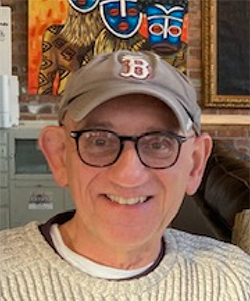
Philip Gambone, a retired high school English teacher, also taught creative and expository writing at Harvard for twenty-eight years. He is the author of five books, most recently As Far As I Can Tell: Finding My Father in World War II, which was named one of the Best Books of 2020 by the Boston Globe. It is available through Amazon, at the Biblioteca bookshop, and at Aurora Books off the Calzada de la Aurora.
**************
*****
Please contribute to Lokkal,
SMA's online collective:
 ***
***
Discover Lokkal:
Watch the two-minute video below.
Then, just below that, scroll down SMA's Community Wall.
Mission

Visit SMA's Social Network
Contact / Contactar

